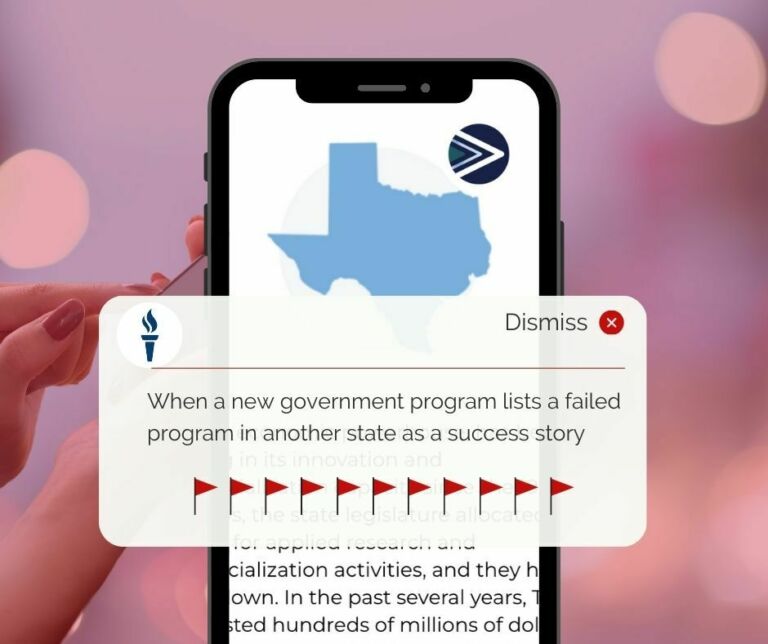Shutting down pipelines and then being shocked by high oil prices. Foisting vaccine mandates on truck drivers when there are rampant shipping and supply-chain problems. Passing multitrillion-dollar spending bills and being gobsmacked by runaway inflation. In an era where our leaders seem hell-bent on exacerbating the very problems they say they’re trying to solve, it’s comforting to know that even in days gone by, leaders were foisting ridiculously ill-conceived ideas on people that failed spectacularly.
Actually, it’s not comforting at all. But it is history. And here’s an interesting bit of history about “Franksgiving.” An excerpt:
Since the calendar date of Thanksgiving changed while that of Christmas was always December 25th, the length of the Christmas shopping season fluctuated. The shortest shopping season would be when the last Thursday of November was also the last day of November (the 30th). Such was the case in 1939.
In August of that year, retail merchant lobbies captured the ear of Commerce Secretary Harry Hopkins about their plight. A shorter shopping season would mean fewer sales, and we’re still in a depression. A longer season would increase sales, employment, and purchasing power nationwide.
Hopkins brought their concerns to the president. Shortly afterward, FDR proclaimed that Thanksgiving that year would fall on November 23rd, not the expected November 30th.
Ironically, bunches of retail merchants were harmed, not helped — such as smaller retailers and merchants counting on the longer fall clothing season. Calendar makers were unhappy and suddenly seeing their calendar print runs for the next yearthrown into doubt. Football schedules were disrupted, as was all the expected economic activity surrounding the traditional Thanksgiving football games around the country.
Politics in every state was upended. Imagine being an elected official beset with the usual partisan squabbles suddenly having to deal with whether to “stand with the president” on which Thursday is the right one to gather together with family and friends in humble gratitude for God’s blessings.
With politics taking over, Nov. 30 came to be called “Republican Thanksgiving,” while Nov. 23 was labeled “Democratic Thanksgiving” — or “Franksgiving.” States split right down the middle over which one to celebrate. Even though 22 opted for FDR’s date, 23 states — including the solidly Democratic North Carolina — stayed true to the traditional date. Three opted for both.
Travel plans for families coming from other states were disrupted, however. And FDR repeated his folly in 1940 and ’41, but at year’s end 1941 he signed a joint resolution from Congress establishing Thanksgiving on the fourth Thursday of November.


